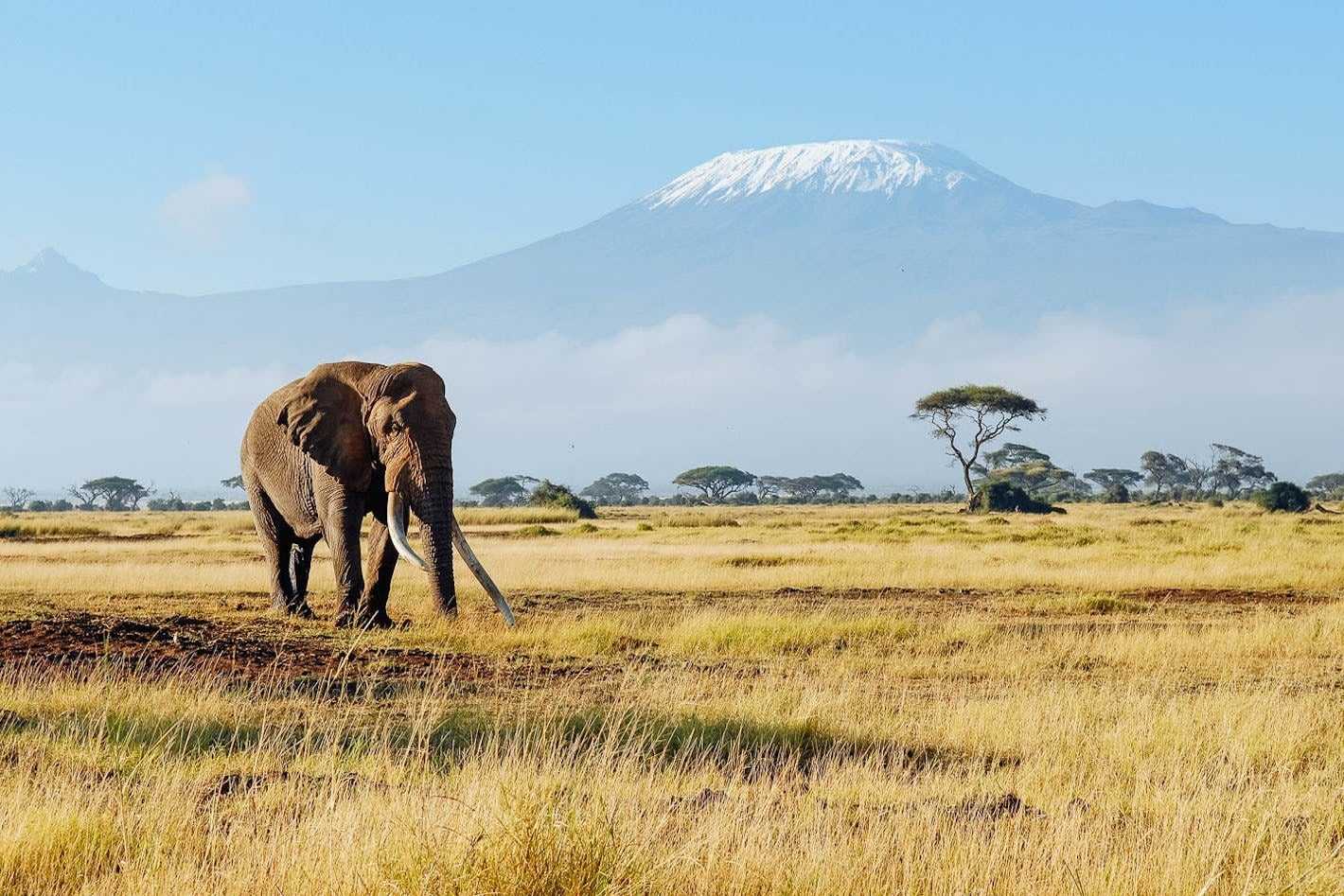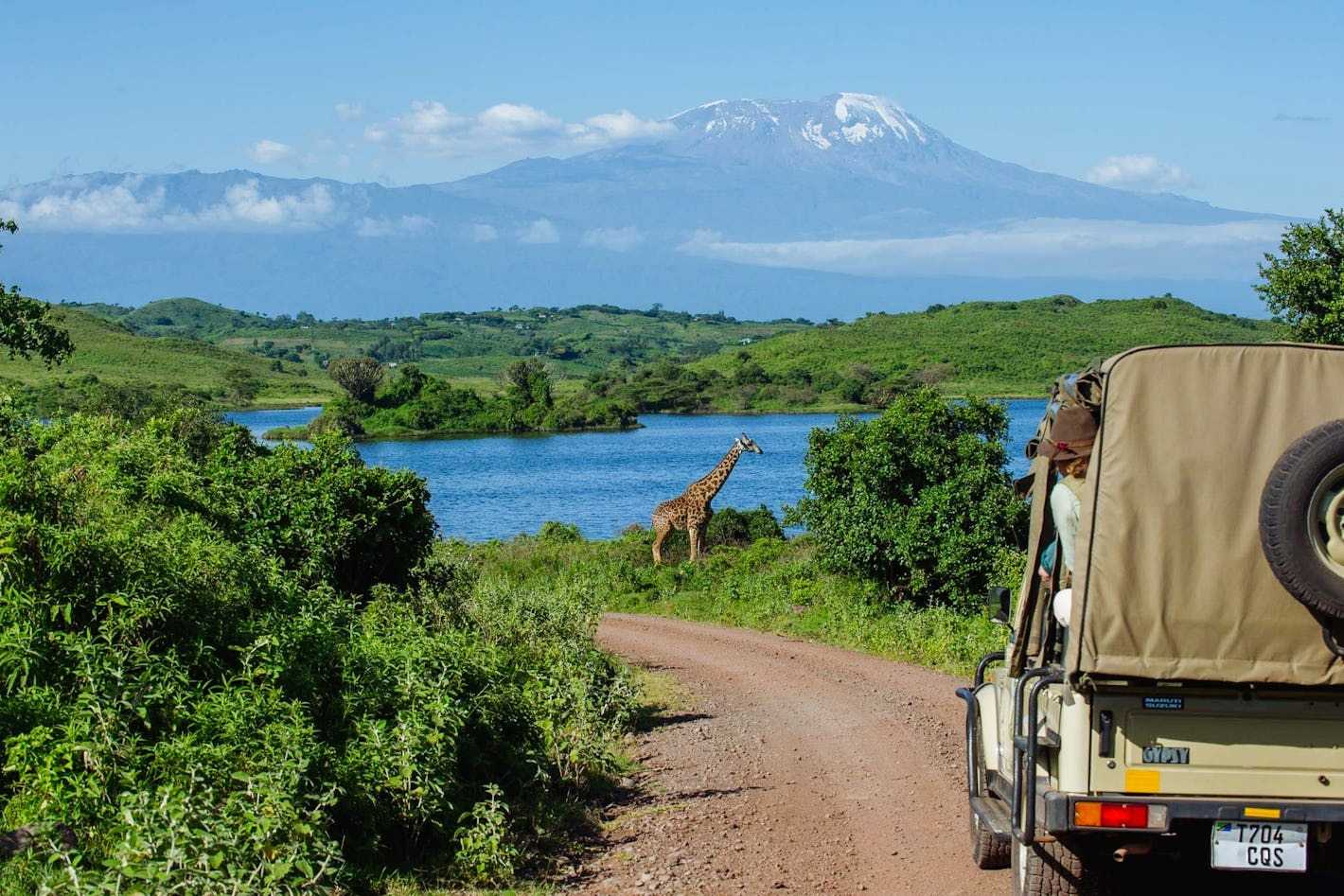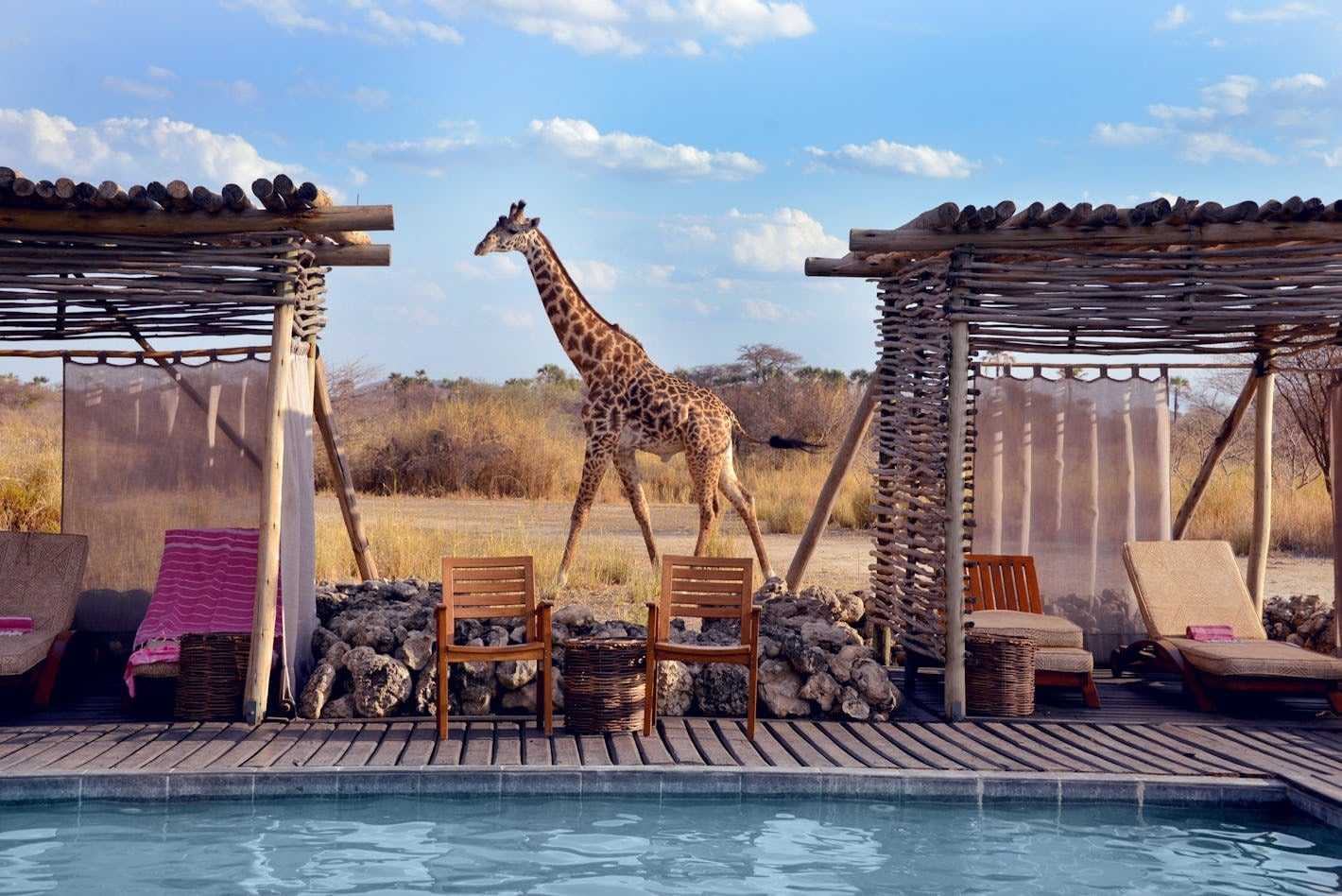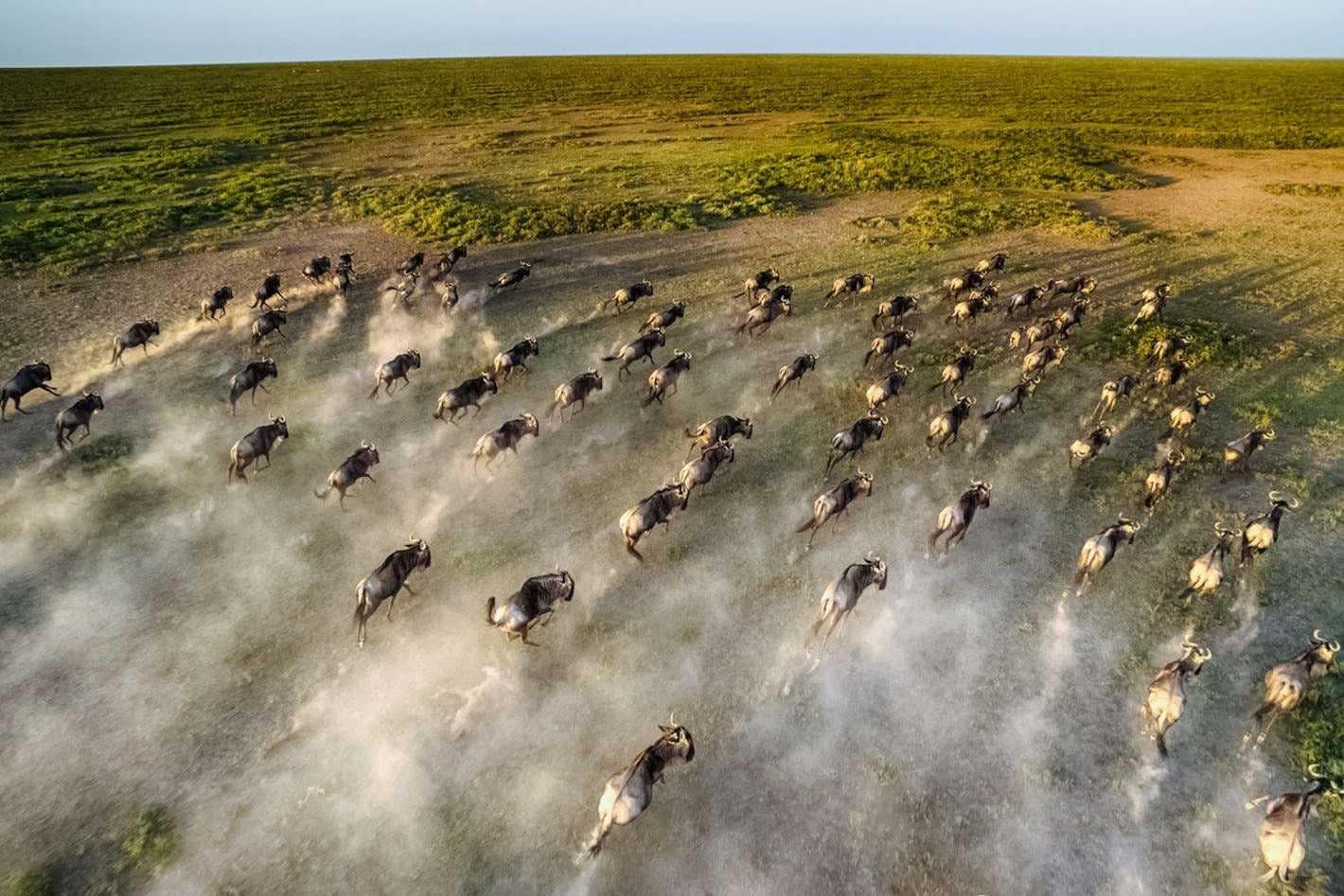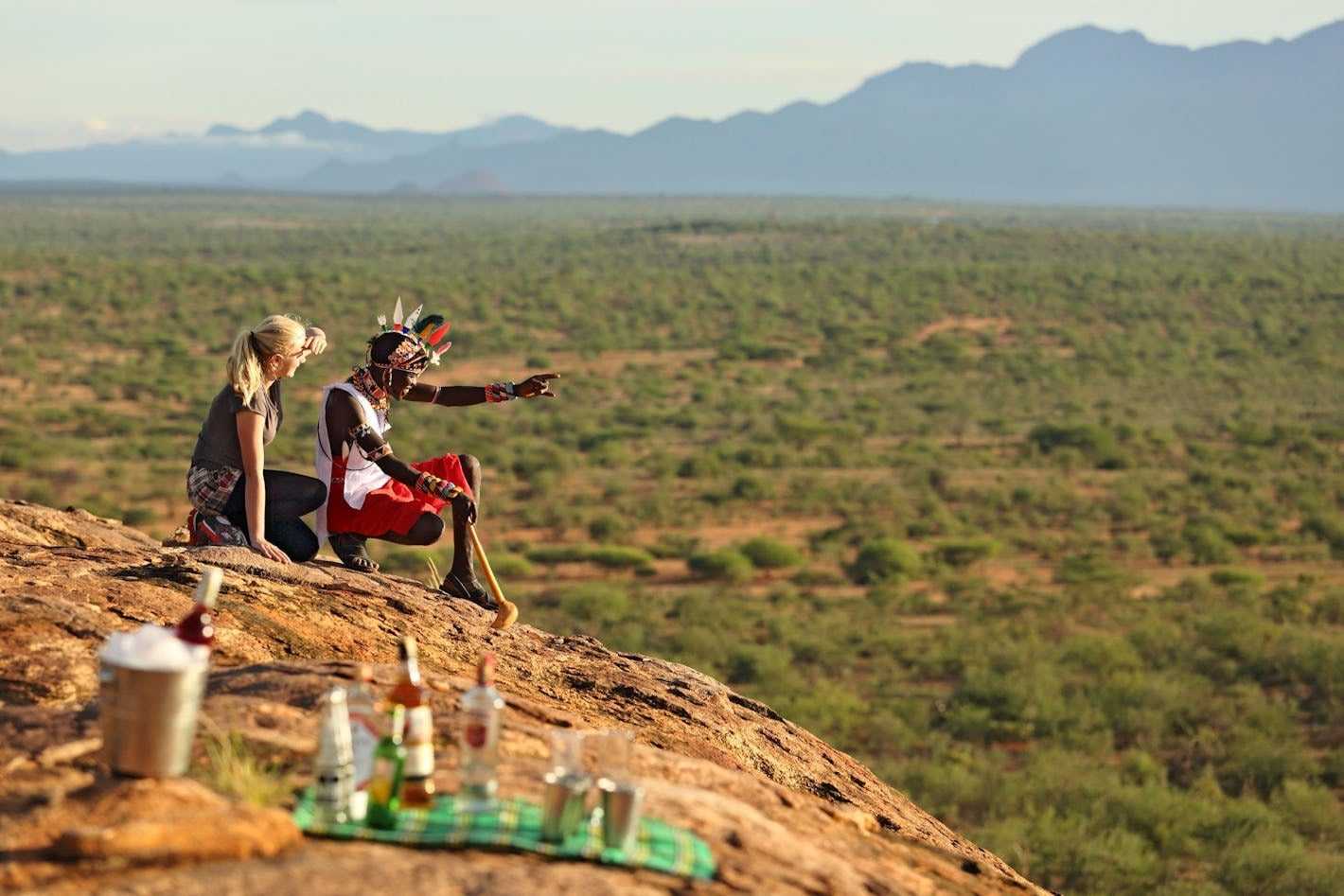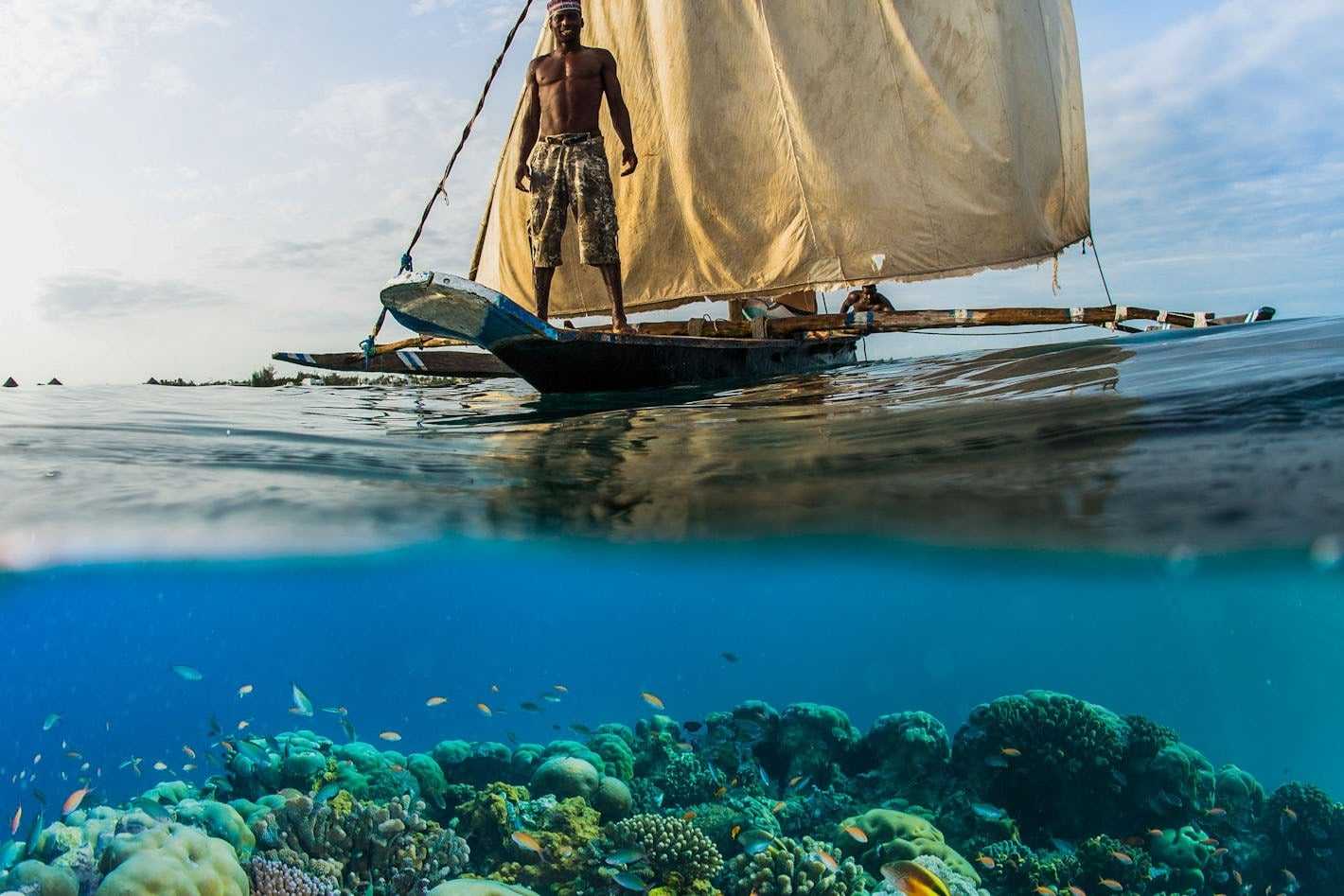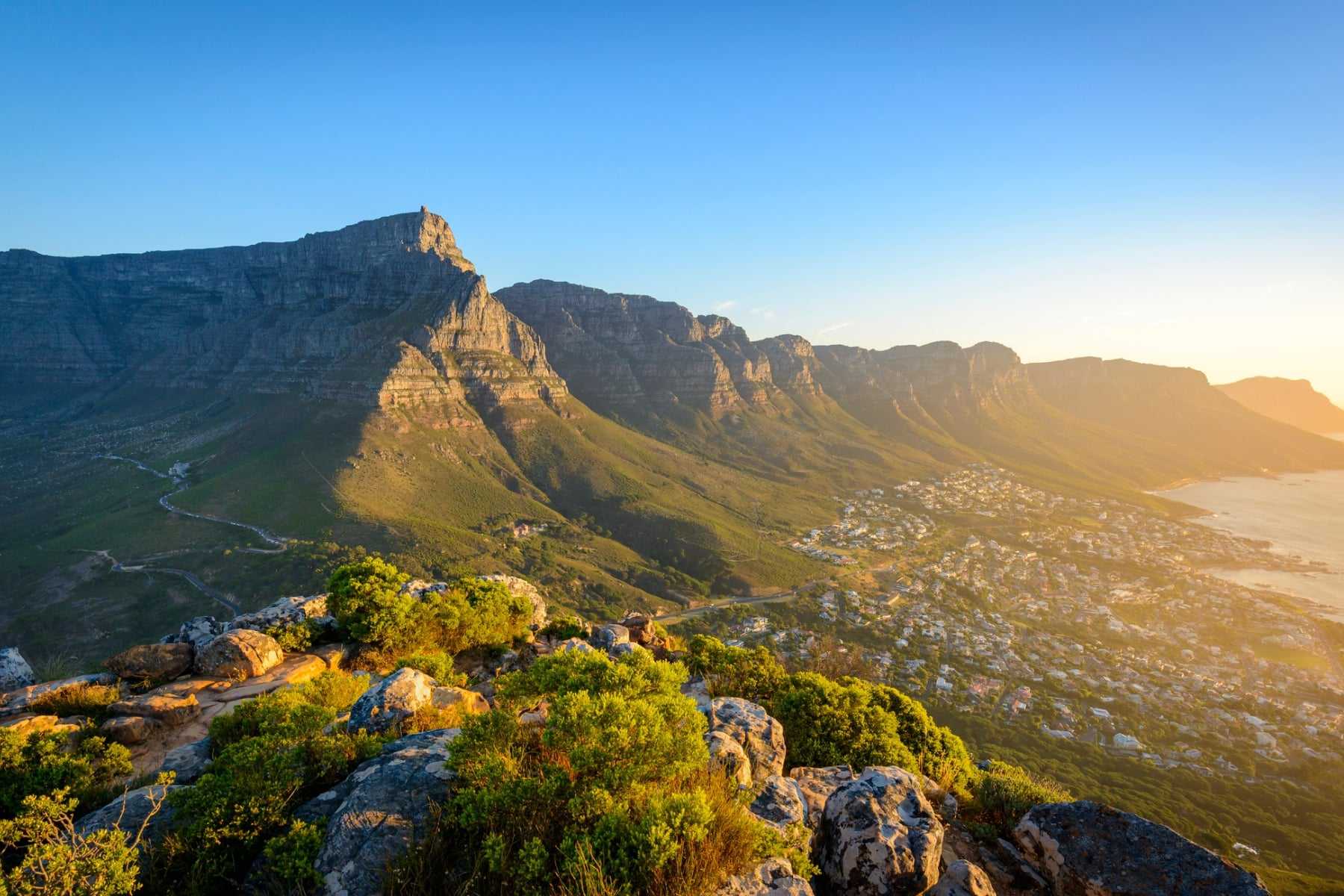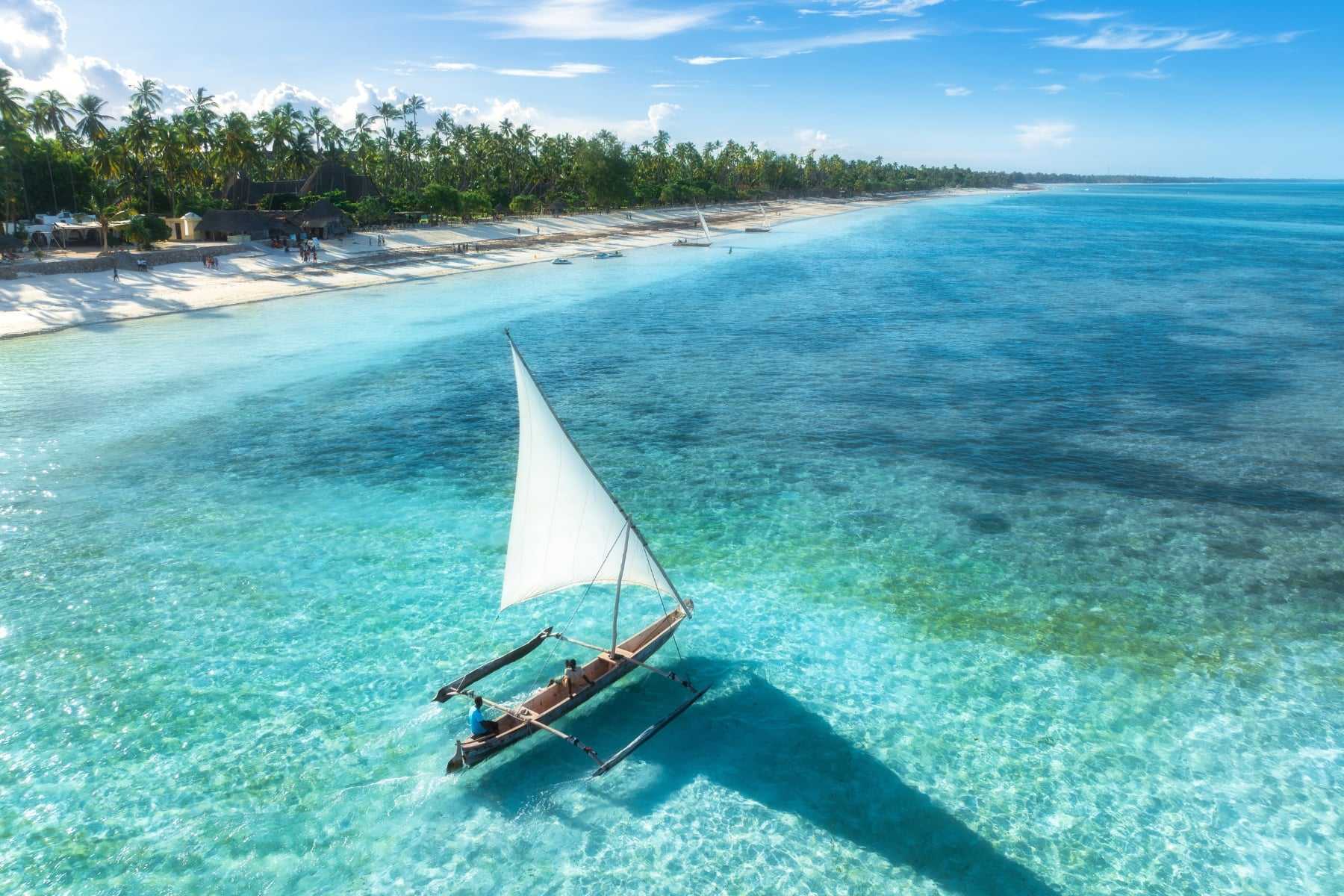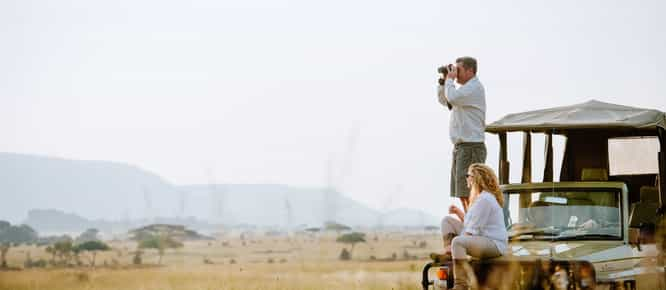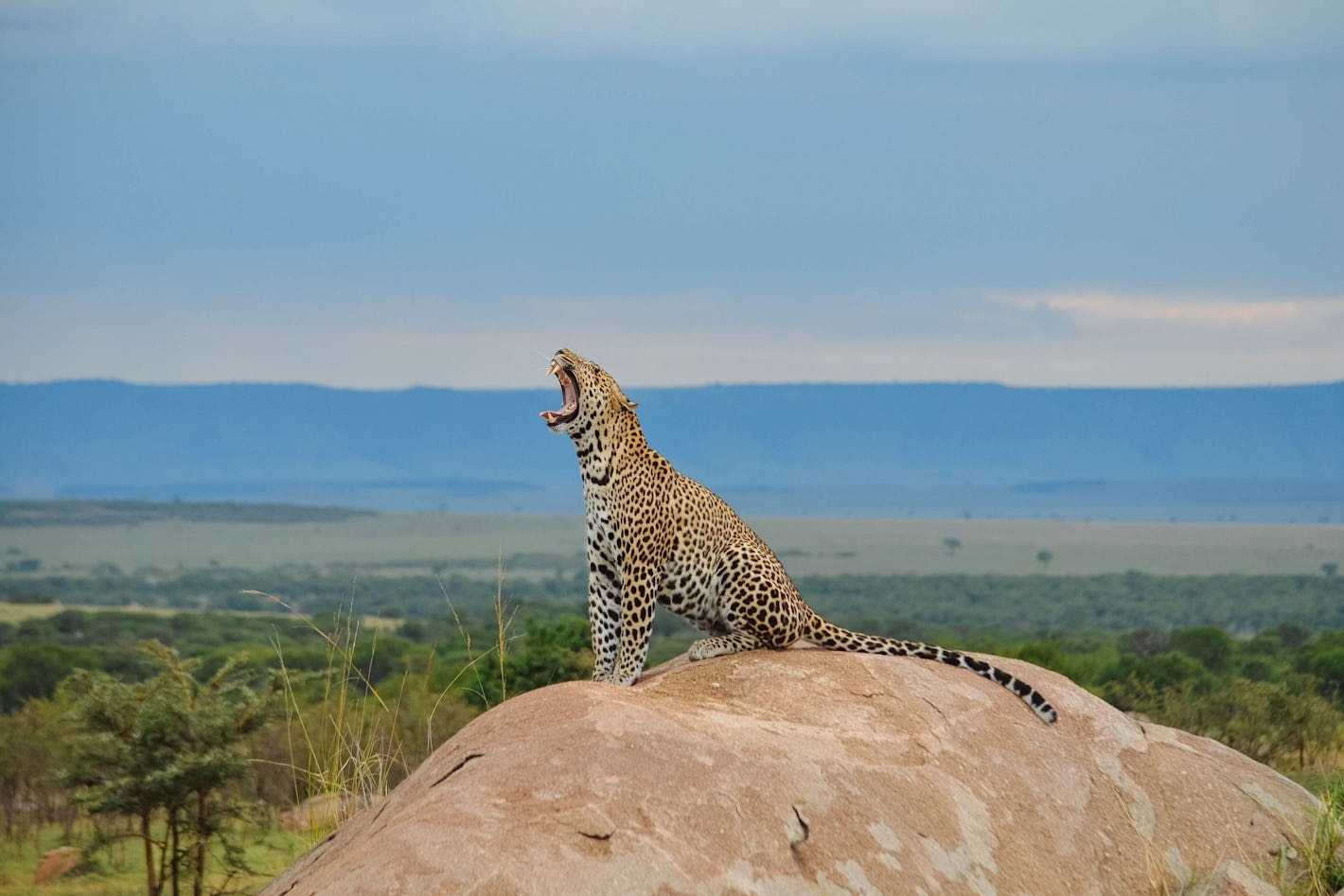
Kenya vs Tanzania: Which is Better for a Safari?
If you are visiting Kenya or Tanzania for a safari holiday, you can be assured of fantastic wildlife sightings, world-class National Parks and scenery that looks as if it has leapt from the pages of a storybook. So just how do you choose?
At Timbuktu, we are often asked which country is better: Kenya or Tanzania? Between them, our travel and safari experts have spent many months (years!) on the ground in both countries and the following article is a selection of points to consider when planning a trip to either, from logistics and flight access to game viewing and accommodation. And remember, when it comes to Kenya vs Tanzania, whichever you choose, you really can’t lose…
Kenya vs Tanzania: Location
Both Kenya and Tanzania are located in East Africa and both have beautiful swathes of Indian Ocean coastline. Both countries connect with Lake Victoria, the second-largest freshwater lake in the world and of course, they share a border, most of which is the Masai Mara National Reserve on the Kenya side and the Serengeti National Park on the Tanzania side. Accessible on a Tanzania or Kenya safari, this vast ecosystem spans almost 30,000 kilometres and has been made famous by many television wildlife documentaries.
In Tanzania, many visitors choose to visit the northern parks of the country, commonly known as the northern circuit. This includes the Serengeti National Park, Tarangire, Ngorongoro Crater and Lake Manyara. Less common but equally as rewarding itineraries include the parks in the south of the country, Ruaha National Park and Nyerere National Park (previously known as the Selous), or the wild and rugged west of the country, Katavi and the Mahale Mountains.
In Kenya, the most popular itinerary takes in Amboseli (where the iconic photographs of elephants against a backdrop of Mount Kilimanjaro are taken), the Masai Mara and Laikipia. Some people also enjoy venturing further north to the arid lands of Samburu and Lake Turkana, or to the more off-the-beaten track national parks like Meru and Tsavo East.
Travel to Kenya and Tanzania
East Africa is generally well connected to the rest of the world. In Kenya, almost all visitors will fly into Jomo Kenyatta International Airport in Nairobi, the capital city. Large enough to accommodate flights from all over the world, it’s also small enough to navigate if you need to switch between the domestic and international terminals.
Wilson Airport is a smaller airport also located in Nairobi and is the base for the majority of Kenya’s domestic flights to the coastal airports or the wildlife reserves (but do check your tickets as some flights depart from Jomo Kenyatta International). It is a small airport also used by many private aircrafts and is a pleasure to fly in and out of.
In Tanzania, the main airport is Kilimanjaro International Airport. It’s located in the north of the country, close to the town of Arusha, which is the starting point for many safaris. There is also an international airport in Dar es Salaam, which serves some of the southern parks and the coast, including Zanzibar. Both receive international flights from around the world on a daily basis.
You might find that there are more international flights in and out of Nairobi in Kenya than in Tanzania. You may even need to travel through Nairobi in order to reach your desired destination in Tanzania, which could be a deciding factor if you’re deciding between a Kenya vs Tanzania safari.
Getting around Tanzania and Kenya
In terms of travelling whilst on the ground in each country, it is possible to drive around Tanzania’s northern safari circuit. The distances are manageable and there is plenty of beautiful scenery to while away the hours! If you are visiting the south or west of the country, flights are recommended.
In Kenya, you will almost certainly fly between your chosen destinations and regions in a light aircraft, especially when covering great distances such as travelling from the Masai Mara to Samburu. However, there are some instances where driving between destinations makes sense and affords you the opportunity to admire the landscape such as a route combining Amboseli and Tsavo. In this case, you will be driven by your guide in a dedicated vehicle.
Kenya vs Tanzania: Costs
Your budget for a safari is as unique to you as the experiences you want to have, and cost is an extremely important factor when deciding where and how to travel.
Kenya is a comparatively wealthy country to Tanzania and the tourism and transport infrastructures are generally better. There is a wider array of options for hotels, camps and lodges in all price brackets and whilst flying between safari parks may seem expensive, the distances are short and the choice of operators forces the price down.
Tanzania is often the more popular option for those looking for a high-end luxury trip with all the trimmings. Kenya certainly has its fair share of fabulous places to stay (we love Giraffe Manor for a truly unique experience) but lodges like Singita Faru Faru in the exclusive Grumeti Reserve in Tanzania’s Western Serengeti and Legendary Mwiba Lodge in the south of the Serengeti are known for their intimate, private experiences and five-star service.
Tanzania is also a much bigger country than Kenya and if you would like to get off the beaten track and away from the well-trodden trails, you will have to travel further and spend more on transport to do so. This includes places like Mahale Mountains on the shores of Lake Tanganyika, as well as Ruaha and Katavi, two lesser-known but incredibly rewarding wildlife-watching destinations.
When it comes down to Kenya vs Tanzania, both countries have high-end accommodation offerings and the chance to travel by plane between destinations so costs will vary according to the choices you make.
Kenya vs Tanzania: Accommodation
As you might expect, both Kenya and Tanzania offer a fantastic range of accommodation to suit all safari styles. From rustic, walk-in Meru tents, to chic tented camps and luxurious lodges with private plunge pools and interiors worthy of design magazines, there is a place for everyone to lay their head. In Tanzania’s Ngorongoro Crater, you can even stay in a futuristic dome perched high on the mountainside at The Highlands Camp!
In Tanzania, some of our favourite camps include Kati Kati Tented Camp in one of the best locations in the Serengeti, modern and minimalist Jabali Ridge in the heart of Ruaha, and Chem Chem, a chic lodge located in a private concession between Lake Manyara and Tarangire.
In Kenya, Angama Mara in the Masai Mara has won many fans (and awards!) since its opening in 2016, and sister camp Angama Amboseli, is just as stunning. A little further north, Lewa Wilderness Lodge is an excellent base to explore Lewa Downs, and Saruni Samburu offers a slice of desert magic.
Kenya vs Tanzania: Wildlife
Now, for the most commonly asked question: which country has better wildlife viewing in the Kenya vs Tanzania safari debate?
Both Kenya and Tanzania are two of the most fantastic wildlife viewing destinations in the world. Much of the attention is focused on the great Serengeti-Mara ecosystem that spans the two countries and both the Serengeti and the Masai Mara are home to the Big Five (lion, cheetah, buffalo, elephant and rhino), zebra, giraffe, antelope, hyena, wildebeest, gazelle and more.
Although rhino are found in both the Masai Mara and the Serengeti, they are incredibly difficult to spot especially if you have been on safari in somewhere like the Sabi Sands in South Africa where they are comparatively easy to find. If rhino are on your bucket list and you’re deciding between Kenya or Tanzania for a safari, we recommended visiting either Lewa Downs in Kenya or the Ngorongoro Crater in Tanzania for your best chances.
Other specialist wildlife destinations in Kenya include the Samburu National Reserve, where the arid terrain is home to the Samburu Special Five: gerenuk, Grevy’s zebra, reticulated giraffe, beisa oryx and Somali ostrich. Here, game viewing can even be done by camel for a unique experience. Amboseli National Park is home to Africa’s last remaining ‘tuskers’, elephants with enormous tusks that can weigh over 45 kilograms – an astonishing sight!
In Tanzania, Ruaha National Park is home to 10 percent of the world’s lion population as well as enormous herds of buffalo, whilst Tarangire is a hotspot for elephant. If you’re looking for something different, both Rubondo Island and Mahale Mountains offer the opportunity to go chimpanzee trekking amid lush, jungled forests and in Nyerere National Park, you’re in with the chance of spotting rare sable and roan antelope.
The Great Migration
If you are planning to visit Kenya or Tanzania, the chances are that you would like to see the Great Migration – and we won’t argue with that! The spectacle is one of the natural world’s most phenomenal events during which almost two million wildebeest (and a few antelope and zebra for good measure) trek 1000 kilometres across the Serengeti-Mara ecosystem in search of fresh grass. If you’re not sure what we’re talking about then have a read of our blog article, the Great Wildebeest Migration Explained, and we’re almost certain it will be on your bucket list before long.
The Great Migration occurs in both the Masai Mara and the Serengeti and your decision over which to visit may be influenced by timings. In a nutshell, the wildebeest spend longer in the Serengeti (roughly October to June) and from July to September in the Masai Mara, when the thrilling river crossings take place at the Mara River. This is one of the most popular times to visit and planning a trip at this time of year should be done well in advance.
In the Serengeti, the wildebeest are constantly on the move and traversing through different regions. Again, where you go will be influenced by the time of year you want to travel. For example, calving season takes place in the Southern Serengeti from roughly December to March, but seeing the enormous columns of gnus as they make their way to the western region can be equally as dramatic. For more information on the best time to see the Great Migration, have a read of our blog article – and remember, this is nature and timings can be very hard to predict.
Landscapes
Kenya and Tanzania are the African landscapes of postcards, particularly in the Serengeti-Mara ecosystem. Think vast, golden plains of waving grass, punctuated by spindly acacia trees and rocky outcrops or kopjes. With an almost 360-degree of the landscape in every direction, these wide open spaces are perfect for spotting wildlife and there are grazers in their hundreds, sometimes even thousands. And where there are grazers, predators are never far behind!
If you are looking for desert environments, northern Kenya is the place to be. The Samburu National Reserve is an extraordinary landscape of dry scrubland and enormous rocky outcrops, cleaved in half by the Ewaso Nyiro River. Even further north, Lake Turkana is drier still and the otherworldly landscape wouldn’t look out of place on the moon.
In Tanzania, Ruaha National Park is a melee of iconic East African plains, miombo forest and dry riverbeds lined with sky-high palms. This crossover of eastern and southern habitats and the unique mix of fauna makes for a stunning backdrop for a safari. Alternatively, Nyerere National Park is a watery wonderland with the mighty Rufiiji River at its heart. This contrast makes the two destinations a very rewarding combination.
Gorillas
Going to trek with gorillas in either Rwanda or Uganda is a very popular addition to a Kenya or Tanzania safari, either before your safari begins or at the end of a trip. The trip Gorillas, Ngorongoro and the Serengeti takes you from the plains of the Serengeti to Volcanoes National Park in Rwanda, an enchanting forest setting with a growing population of mountain gorillas. From Kenya, the Gorillas & Game Parks trip combines the Masai Mara and Amboseli with Volcanoes National Park.
Whether you choose to visit Kenya or Tanzania, you will be rewarded with the safari of a lifetime. In our opinion, neither is better than the other and all our safari experts have favourites places and experiences in each. But, if you really can’t decide, why not combine both countries? Your Timbuktu travel expert will be more than happy to advise and can help you plan a trip tailored entirely to you.
Kenya vs Tanzania: Activities
As on most safaris in Africa, your main activities in both Kenya and Tanzania will be twice-daily game drives to spot wildlife. These game drives usually last between three to four hours depending on the animals you find. Some camps and lodges also offer all-day drives complete with a picnic lunch, allowing you to travel further afield and explore a different area. Both the Serengeti and the Masai Mara also offer hot air balloon safaris, which offer a very different perspective of the wildlife and environments.
Walking safaris are offered in both countries, but you will need to stay in a private conservancy or reserve as exploring on foot is not allowed in the National Parks. Kenya has more options when it comes to private conservancies, including the Mara Conservancies and certain areas in Laikipia. It is also worth noting that you cannot drive off-road in a National Park or look for animals in the dark, whereas in private areas, both of these experiences are possible. When it comes to Tanzania vs Kenya, safety is paramount in both countries and will always be taken into consideration when embarking on various activities.
Your Timbuktu travel specialist will be able to advise on the best places to visit for specific activities and tailor your trip accordingly.
Add-on options
You may have chosen Kenya or Tanzania for safari-ing, and an epic experience at that, but if you have the time, extending your trip to include other regions and experiences is well worth it. East Africa is very well connected and it is possible to visit almost any other country in Africa, but the following are some of our favourite, tried-and-tested combination itineraries that are logistically very easy too.
Beaches
If the thought of spending some down time on the idyllic beaches of the East African coastline is appealing, then we would highly recommend a classic ‘bush and beach’ combination of wildlife-viewing and a little R&R at the coast. In Kenya, coastal destination like Diani, Msambweni and Lamu are a short flight away (have a look at this classic Kenya trip for some inspiration) or you could go further afield to the Seychelles, again only a short flight away from Nairobi. This Mara to Mahe trip is a great example.
In Tanzania, many people opt to fly to Zanzibar, the spice island, for a sunshine-filled few days of snorkelling, swimming, and sunset cocktails. This iconic Tanzania bush and beach trip is just one example of how it can be done.
Whether you choose to visit Kenya or Tanzania, you will be rewarded with the safari of a lifetime. In our opinion, neither is better than the other and all our safari experts have favourite places and experiences in each.
But, if you really can’t decide, Kenya vs Tanzania, why not combine both countries? Your Timbuktu travel expert will be more than happy to advise and can help you plan a trip tailored entirely to you. Get started by perusing our selection of ready-made Tanzania trips.
